Variable Intake Velocity
Ask MO Anything: What are variable intake manifolds?
Dear MOby,
What are variable intake manifolds? How do they work and why?
Walter Barlow
Dear Walter,
If you’d not been paying attention in high school and reading Hot Rod magazine, you’d know that low-end power is boosted by longer intake and exhaust tracts, and high-rpm power generally increases with shorter ones. Tuning the lengths of the intake bellmouths and exhaust header pipes is a science / black art we’ve been using to tune engines forever.
In smaller motorcycle engines, wouldn’t it be nice to be able to have intake runners with adjustable lengths, so you could boost torque at low rpm and let the engine breathe at high rpm? Automobiles, in which costs and complexities are relatively easy to hide, have used this technology for years. The first time I recall seeing this, in my motorcycle memory, was on the first MV Agusta F4 in 1998 (lead foto), which used a vacuum deal to move its intake bellmouths up and down depending on rpm.
Yamaha liked the idea so much, it adopted it for the 2007 Yamaha R1 and gave it a catchy acronym, YCC-I, Yamaha Chip Controlled Intake, at which link you’ll find an excellent explanation of how and why it all works, including videos.
Meanwhile, not to be out-acronymed, Suzuki says it’s achieved at least partially the same variable intake function in its new GSX-R1000, using no moving parts whatsoever. Inside the airbox, a new Suzuki Dual-Stage Intake (S-DSI) system claims to deliver the advantages of variable-length intake funnels without the extra weight, complexity and cost. Two of the four intake funnels use a new stacked dual-stage design, with a longer funnel positioned above a short funnel, and a gap between the two parts.
“At low and mid rpm, most of the air flows through the longer, upper funnel into the short funnel, increasing low-end and midrange power and torque,” says Suzuki. “At higher rpm, more air flows around the base of the longer upper funnel and directly into the short lower funnel, increasing top-end power and torque. The combination of two S-DSI funnels and two conventional funnels helps produce a broader, smoother powerband and a seamless transition from low and mid-range into the higher rpm range.”
The new Suzuki’s powerband is also widened by its use of variable valve timing, which may be a first on a high-performance production literbike. Duke’s test of the bike is here.
2017 Suzuki GSX-R1000R Review – First Ride
Fun stuff, thanks for asking. Takes me back to the time my Chevelle backfired through its “velocity stack” and set fire to the foam rubber I was using to seal the hole to the hood scoop. Crude but ineffective.
Send your questions to AskMoAnything@motorcycle.com; send your complaints to 1600 Pennsylvania Ave, Washington, D.C. If we choose to answer your question and get it wrong, consider it a valuable life lesson that’s absolutely free of charge.
More by John Burns



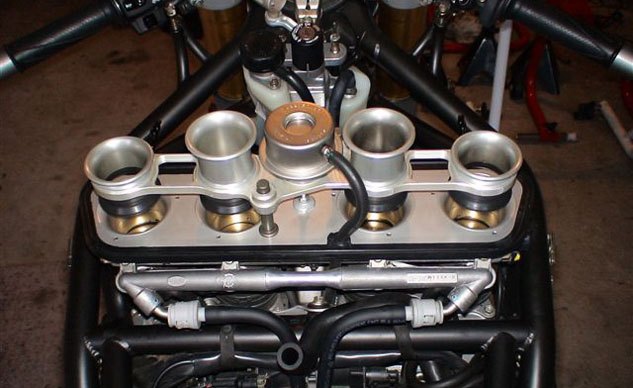
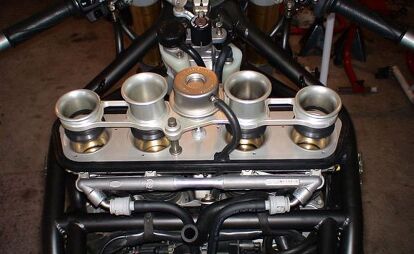













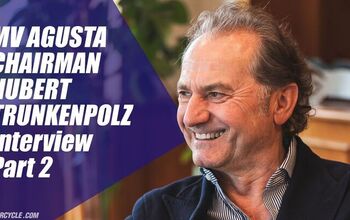




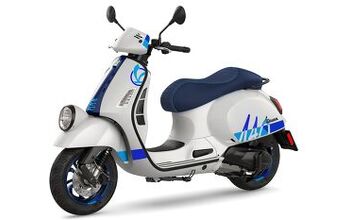
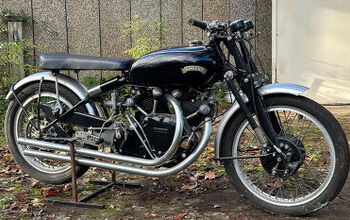
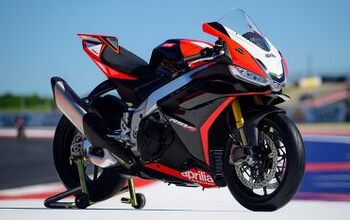





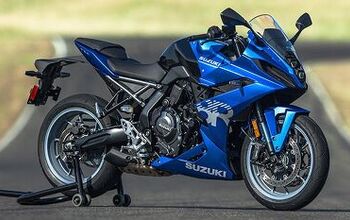



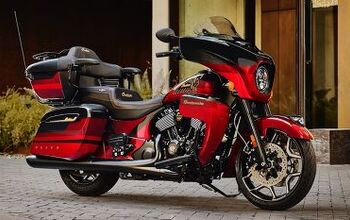
Comments
Join the conversation
One could even improve on this concept by using two intake throttles per cylinder like the Ford Mustang v8.One for low rpm (high air speed) and both for high end .This would make for a torque monster as well as high horsepower one. This would eliminate the need for stacks or long intakes.
Hey JB, thinking a bit more about this I have to ask: have you been able to experience the difference this technology makes during any of your test rides? Is this only useful for racing/track day applications?